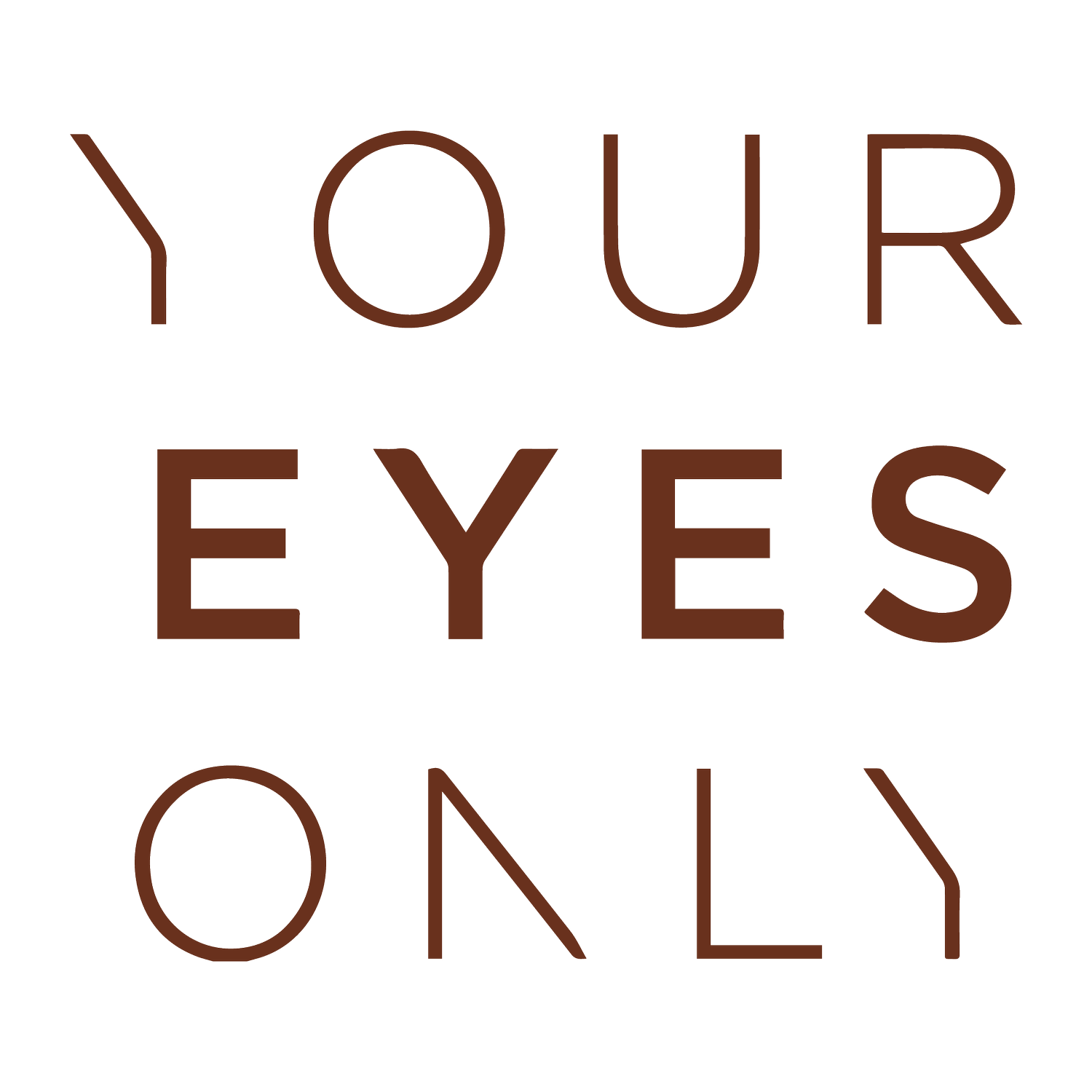Thinning brows? here’s what might be the cause…
Have your brow started to thin and stopped growing back in some areas? here’s what might be the root cause…
Brow thinning can be caused by multiple factors: stress, medical conditions, and diet can all affect brow growth. Age can also be a factor because hair can become coarser or thinner due to a lack of elasticity as clients get older.
What causes the brows to thin?
Reproductive hormone changes can play a part, and dermatologists believe the same factors that cause hair loss from the scalp, a common problem for women as they age, may contribute to thinning brows. Nanette Santoro, M.D., ob/gyn and professor of reproductive endocrinology at the University of Colorado at Denver, says, “Abrupt hormone changes can cause sudden hair loss (telogen effluvium) that recovers over about six months' time. It happens postpartum to many women and can happen at menopause.”
Thinning brows are also a common side effect of other conditions such as atopic dermatitis, or eczema, due to the inflammation and itching around the brow area.
Sparse brows could also be caused by a nutritional deficiency—though that’s not usually a problem if you eat a relatively healthy, consistent diet.
In extreme cases, anemia, and iron deficiency may be to blame for thinning brows. “Even if you don’t have anemia, and you have low levels of stored iron, that could contribute to hair loss,” says Rajani Katta, M.D., a dermatologist and clinical assistant professor of medicine at Baylor College of Medicine, who studies the link between nutrition and hair loss.
Ombre brows are done with the same pigment as microblading, which is a high-grade pigment used to create soft pixels in the brow. The pigment is slowly built up, and the great news is that it can be custom blended for your sparse areas.
Overgrooming could also make all of these worse. We also see thinning eyebrows, especially in women, as a result of too much tweezing or waxing earlier in life. If the hair follicles suffer trauma and die out as a result, a permanent thinning of the eyebrows can occur.
Eyelash and eyebrow loss due to thyroid
One of the key signs seen in hypothyroidism is the loss of the outer third of the eyebrows; this is known as ‘hertoghes’ sign. At their correct levels, the thyroid hormones T3 & T4 function to reduce the loss of hair follicles; T4 also extends the duration of the ‘anagen’ (growth phase) of the hair. Not enough T4 & T3 leads to not enough hair growth, as well as more hair follicles becoming dormant.
The ratio of the telogen phase (resting phase of hair growth) to anagen phase is increased in both hypo and hyperthyroidism leading to issues with hair growth (i.e. help I’m losing handfuls of hair or why is my eyelash & eyebrow hair not growing?).
What are the best growth techniques for eyebrows?
There are serums and supplements that can help boost hair growth, depending on the root cause of the loss. It’s always best to get your levels checked by a dr before supplementation, that way an underlying Vitamin B, Iron or Vitamin D and zinc.
Over-plucking and thin brows?
Another common cause of sparse eyebrows is overplucking. leaving a permanently sparse area. If you’re picking up the tweezers every few days, we highly recommend putting the tweezers down and seeing a brow expert.
Try microblading for a more permanent solution.
Microblading is a semipermanent way to fill in brows that looks more natural than permanent makeup or tattooing. “Microblading differs from tattooing and the traditional form of permanent makeup in that it is typically done by hand versus a machine and doesn’t go as deep into the skin. explains Studabaker. “In the past, tattooing and traditional permanent makeup usually resulted in a solid line and the colour could change significantly with time.
Pigments for microblading are chosen based on your natural skin tone and hair colour that fades over time. The goal is to create delicate strokes that mimic hairs that result in a natural, more complete eyebrow.
The process takes about two hours to complete, but you’ll need to go in for a touch-up about once every 18 months after the initial appointment (and possibly a second follow-up).
Your natural brow hair will continue to grow, but you likely won’t need to get waxed/tinted as often. Most people find their regular maintenance decreased because they have the shape they want after microblading,
Before Microblading.
Straight after Microblading.
Healed before the 6 week touch up.





